In contrast to the larger Central American cichlids of the Cichlasoma relationship, the medium-sized African cichlids of the Tilapia relationship, which are ecologically quite similar to them, have never managed to become widespread in aquariums. The reasons for this lie in the geographical proximity of Africa to Europe. When aquarium keeping became widespread around 1900 and the care of foreign animals took precedence over the care of native species, tilapia-like cichlids were quite frequently represented in the form of juveniles in the imports of the time. These were transported by ship and were carried out by sailors who earned pocket money in addition to their wages. Imports from West Africa were much more common than those from Central America because the journey was much shorter. The characteristics of the tilapia-like cichlids were very undesirable in the predominantly small and technically poorly equipped aquariums of the time (they were only heated, filtration and aeration were rare luxury features): they grew relatively large (10-15 cm), burrowed heavily in the bottom, ate plants and were very aggressive at spawning time at the latest. Even the splendid colors and exciting breeding behavior hardly compensated for the disastrous appearance of the aquarium. Tilapia & Co were portrayed in a correspondingly negative light in early aquarium literature and this was later adopted uncritically. When the Central Americans became more common in the hobby 30-40 years later, aquariums with an edge length of over 100 cm were no longer anything special. And they experienced a real boom in the 1980s and 1990s, when aquarists on research trips to Central America brought back ever new treasures of these colorful ruffians, for which 150-200 cm long aquariums could easily be required. The silicone bonding technique for aquariums made such dimensions commonplace.

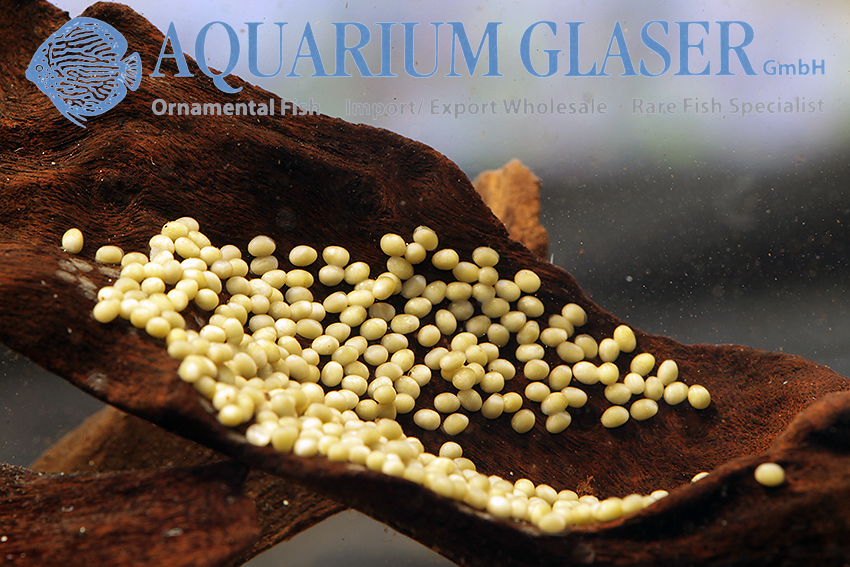
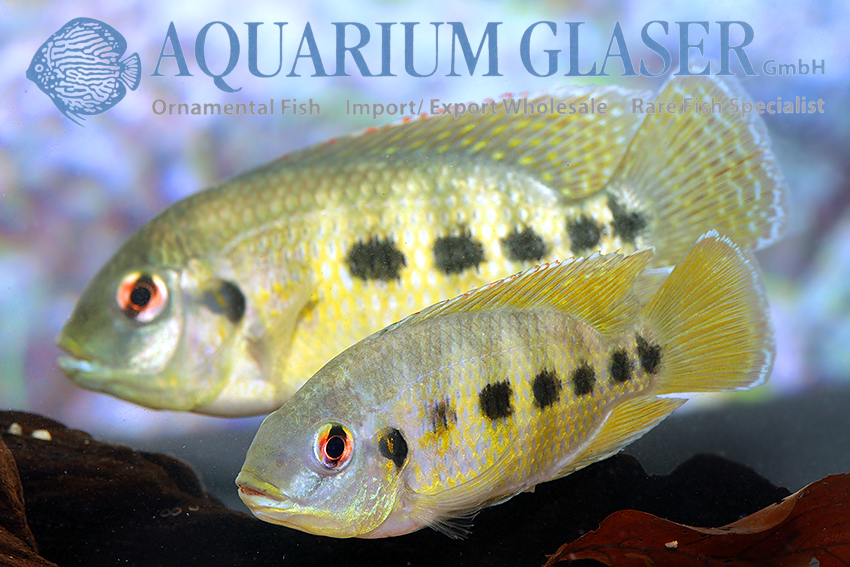
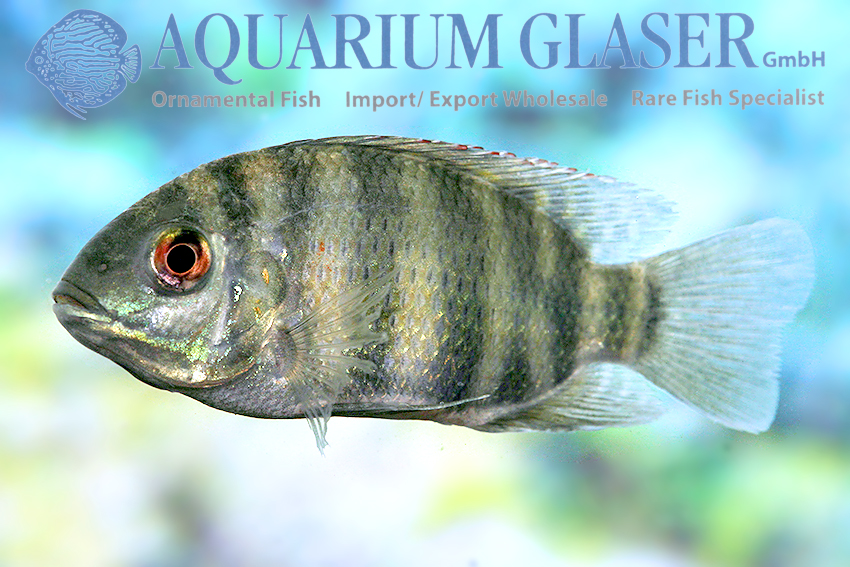
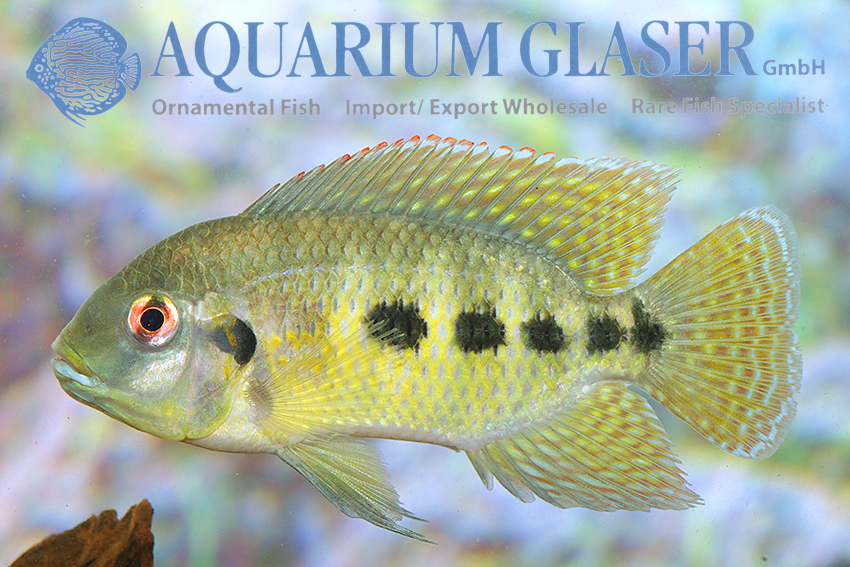
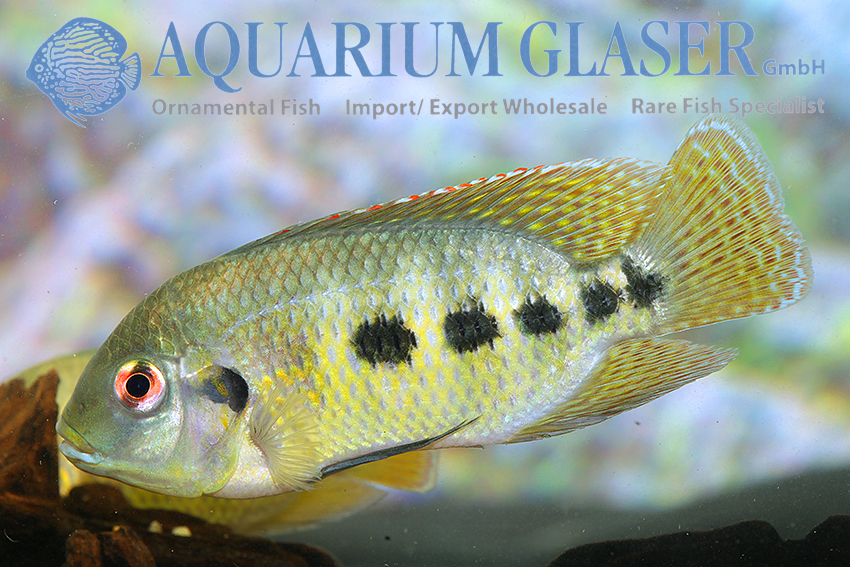
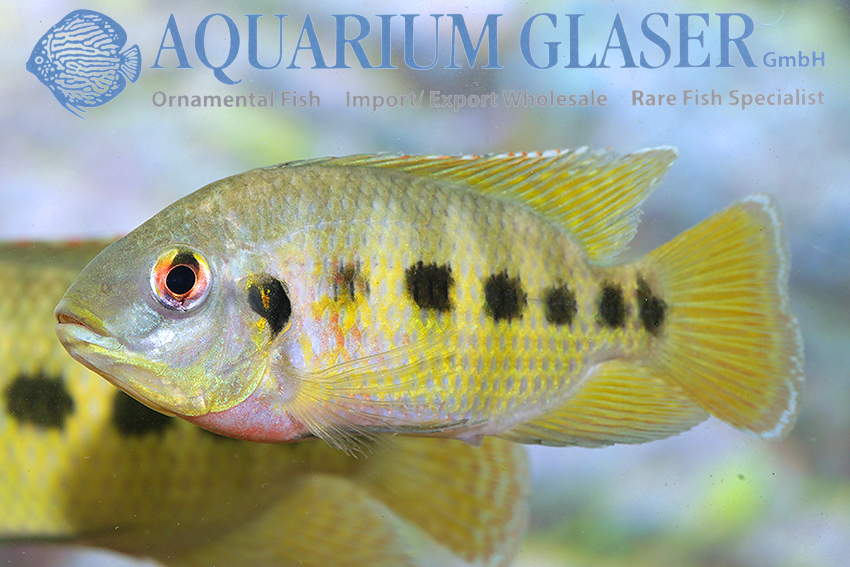
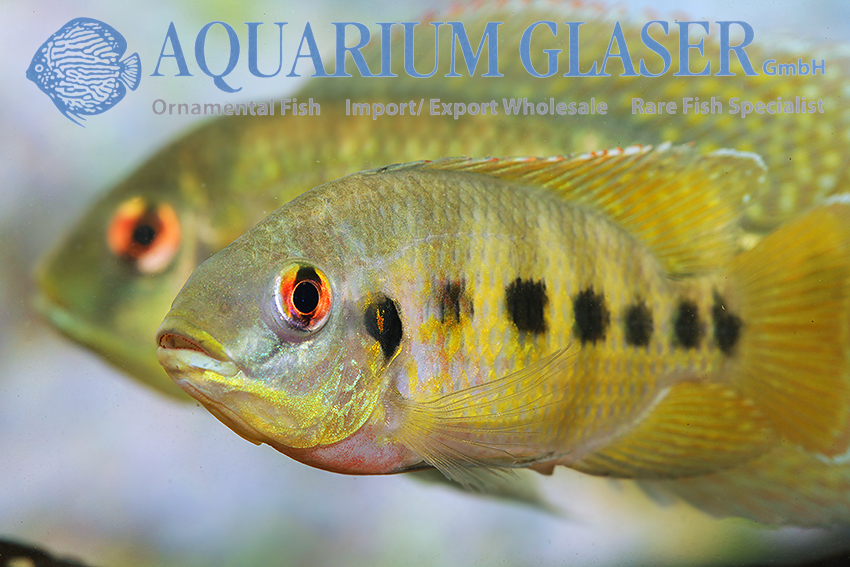
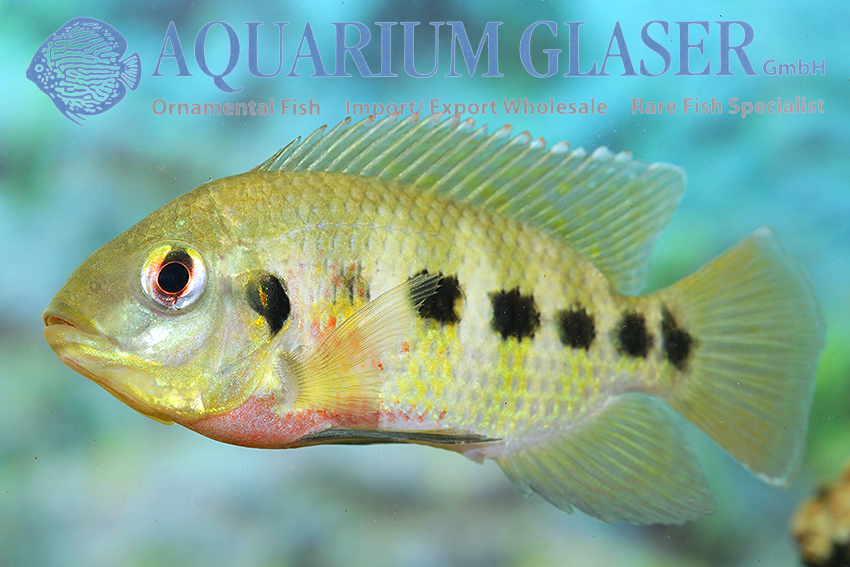
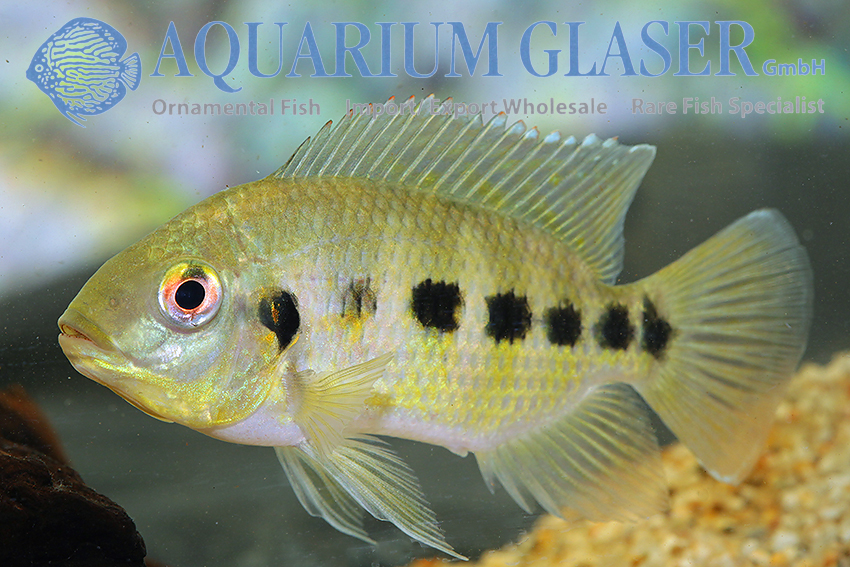

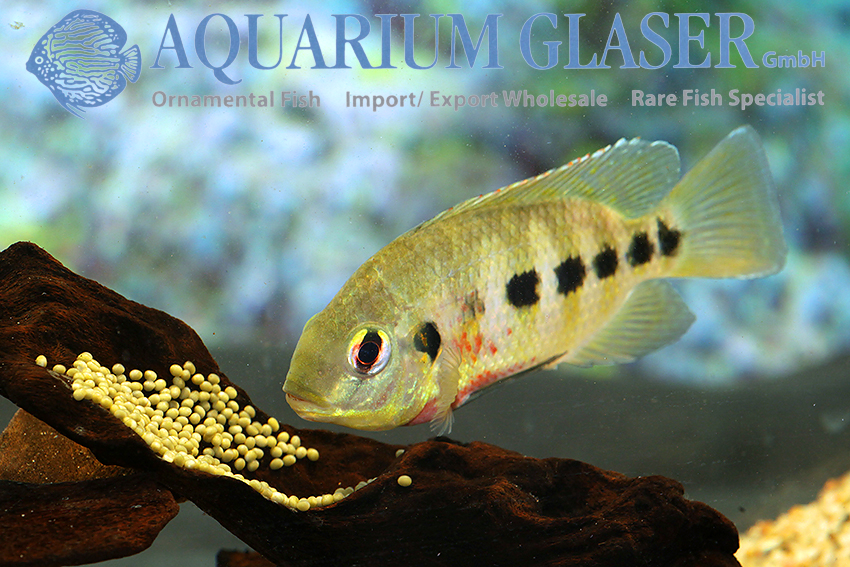
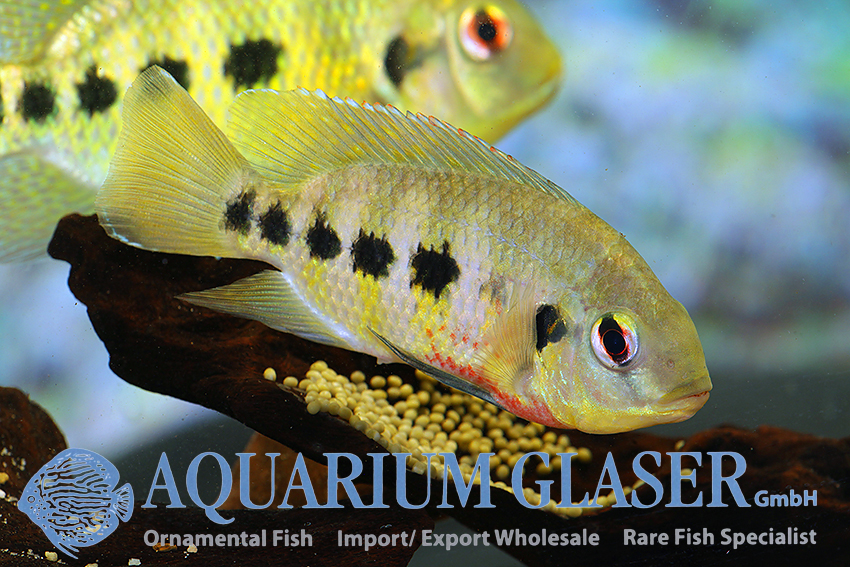
Pelmatolapia mariae is one of the colorful and interesting African tilapia-like cichlids. According to current knowledge, the genus Pelmatolapia comprises only two species, namely P. mariae, which occurs from the Ivory Coast to Cameroon, and the species P. cabrae from the large colonization area from Guinea to Angola. Of the two, only P. mariae is available in the hobby. This species can reach a length of 35 cm, but is already sexually mature at a length of 6-8 cm. In contrast to the animals offered as “Tilapia” in the food trade, which belong to the genus Sarotherodon and are agame, maternal mouthbrooders, Pelmatolapia mariae is an open brooder with biparental brood care. The clutches of large specimens can contain many hundreds of eggs. The young pair that was kind enough to spawn in the photo tank (male approx. 10 cm, female approx. 8 cm total length), however, produced considerably fewer eggs (approx. 200), which are particularly large. Interestingly, the eggs are heavily pigmented; normally the eggs of open-breeding cichlids are rather transparent for camouflage purposes. The males of P. mariae can be distinguished from the females by the numerous light-colored spots in the caudal fin, which is usually without markings in the females. Young P. mariae are vertically striped and look completely different from the adults.
The diet of P. mariae is predominantly plant-based. This should be taken into account when planning the planting of the aquarium. A plant-based flake food, but occasionally also oat flakes or tender dandelion are very good foods for P. mariae. In addition, practically any commercially available ornamental fish food (live food, frozen food, granules etc.) is readily accepted. The fish are voracious eaters and must not be fattened up, otherwise they will develop serious intestinal diseases. The water values are completely irrelevant – any drinking water is suitable for keeping and breeding. For maintenance 20-23°C is sufficient, for breeding the temperature should be increased by 3-4°C. P. mariae are only peaceful with each other as a pair – if the pair has found each other from a group. You should therefore purchase a group of approx. 10 specimens, from which a pair can then be found. The rest can be given away.
For our customers: the animals have code 577103 (8-12 cm) on our stock list. Please note that we only supply the wholesale trade.
Text & photos: Frank Schäfer




